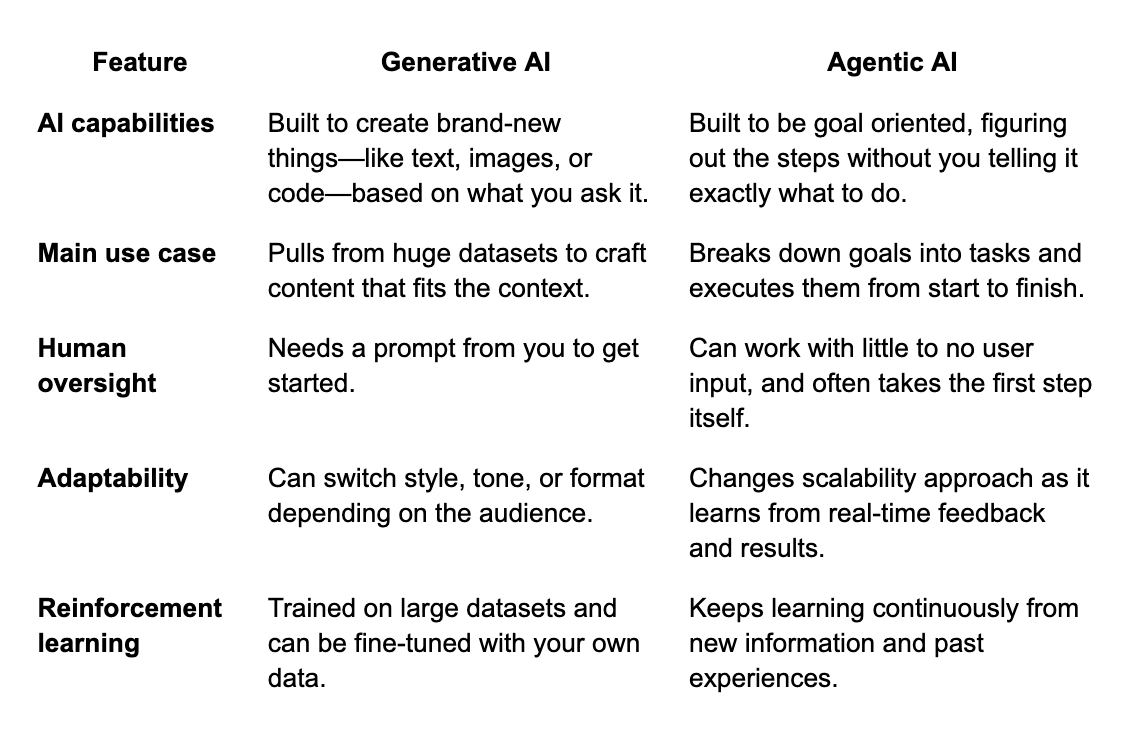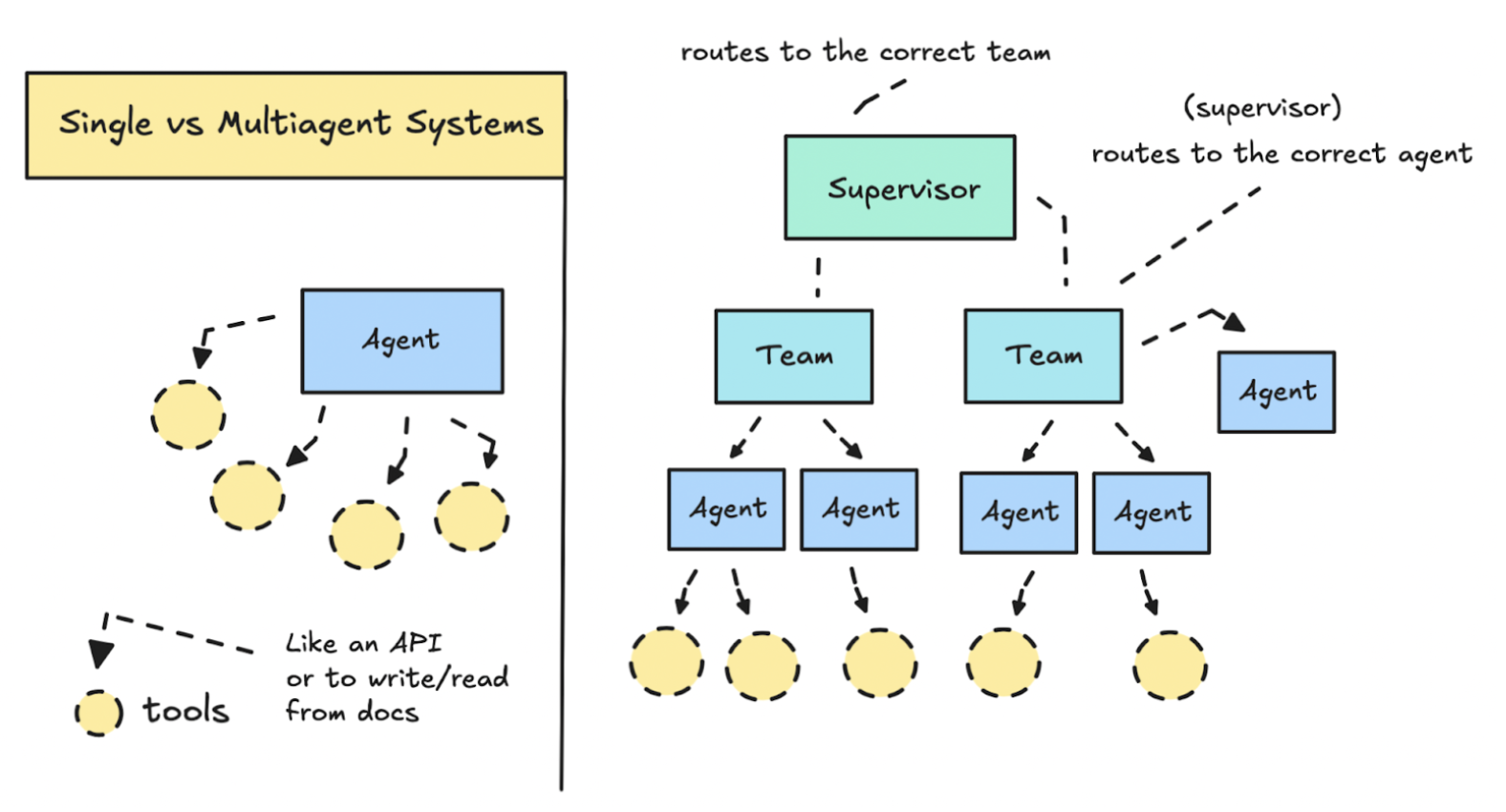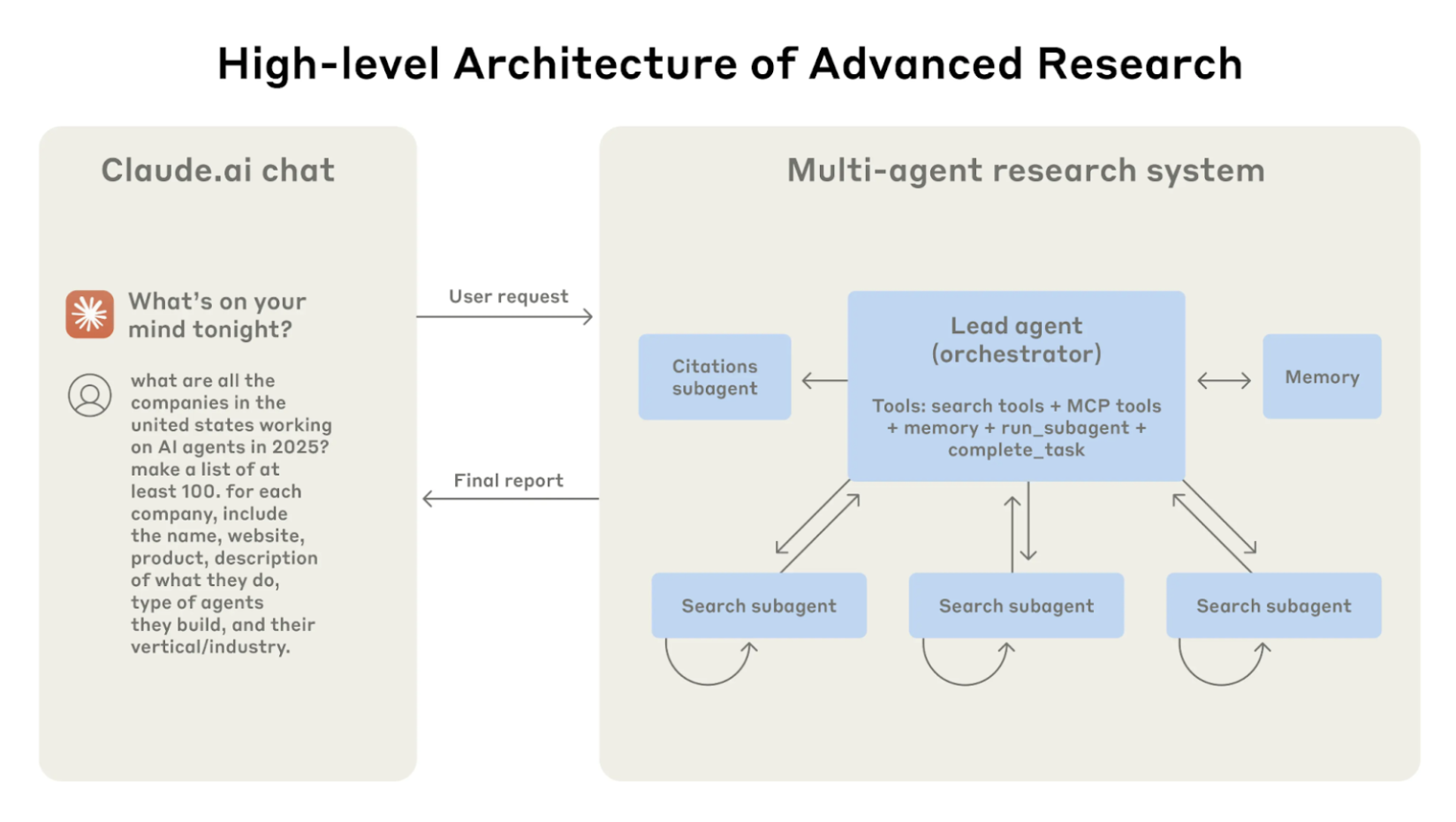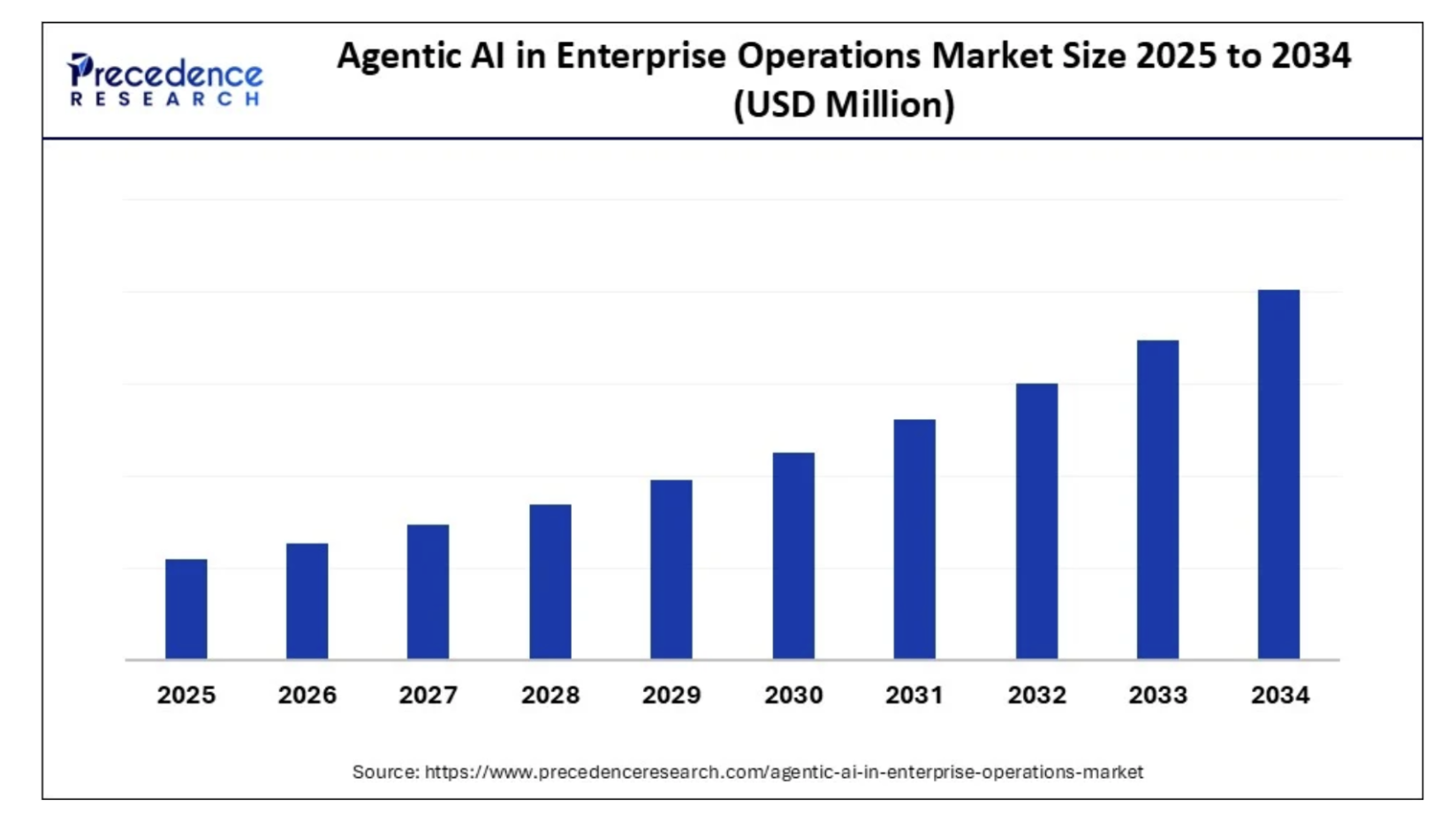11 min
In a recent Capgemini Research Institute survey, 90% of public sector organizations planned to explore, pilot, or implement agentic AI over the next 2–3 years. This echoes what specific sectors like defense, welfare, and healthcare are saying: that to stay nimble, they need to move beyond the recognizable limits of generative AI, like its short-term memory, dependence on human prompts, and its lack of autonomous decision making.
But the twist?
Many present Agentic AI as the solution to Generative AI's limitations, yet few understand its actual mechanics, specific use cases, or the key differences that truly separate the two technologies.
With AI budgets scaling to focus on the latter (with expectations of substantial return on investment), now is a great time to understand the finer details. Ahead, we'll break down agentic AI concepts, share a quick comparison guide between these AI forms, and some automation use cases. We'll also share tips on future advancements, innovative companies, and data demands.
What Is Generative AI?
It is a generative artificial intelligence system, specifically built for content creation. At its core, it's powered by a Large Language Model (LLM)—the foundational engine behind popular AI applications. For example, the well-known product ChatGPT is not an LLM itself, but an application that runs on OpenAI's powerful models, like GPT-4. This system synthesizes information from vast datasets to produce new text, images, audio, or code based on direct human input. The LLM landscape is diverse, featuring other prominent closed-source models like Anthropic's Claude 3 family and Mistral Large, as well as leading open-source alternatives like Meta's Llama 3 and Google's Gemma.
It synthesizes information from vast datasets to produce new text, images, sound, or code, based on direct human input of a prompt.
Its strength lies in understanding context and nuance to generate advanced results.
In practice this means:
- It has the ability to understand complex, conversational prompts to create detailed and nuanced outputs.
- It can draw upon vast, diverse datasets, synthesizing information from across the web and proprietary sources.
- It can be fine-tuned on your company's own data to learn a specific brand voice, style, or knowledge base.
- It can generate entire documents, write complex code, or design original images from a single, simple request.
- It can adapt its content generation output for different formats and audiences, acting as a universal content creator.
What Is Agentic AI?
Agentic AI is a relatively straightforward concept, but it's far more complex in practice.
It is a branch of generative AI built to operate with autonomy. It makes decisions and independent moves to achieve specific goals, with minimal to no human intervention.
Unlike traditional AI, which sticks to specific, prompted tasks, agentic AI can proactively manage and carry out end-to-end workflows. Its strength lies in adapting strategies and reading context clues to refine its results over time. As Gartner in a recent research report, Emerging Tech: The Key Defining Characteristics of Agentic AI, has put it, "Agentic AI dreams big."
In practice this means:
- It has the ability to break down complex goals into actionable steps without direct prompting from a user.
- It can tap into data, tools, and systems both inside and outside your business in real time.
- It doesn't just learn once; it streamlines training data, drawing on new information and past experiences.
- It takes initiative, problem solving before you've even had a chance to spot issues.
- When needed, it can coordinate multiple specialized AI assistants also known as agents, in the same environment to achieve high-quality tasks.
What is the difference between agentic AI and generative AI?
It really comes down to scope and agency as they are both forms of artificial intelligence that rely on data, algorithms and large language models.
- Generative AI produces content, insights, or code based on precise human prompts.
- Agentic AI acts proactively and integrates across systems, often orchestrating other AI models, software, and processes to complete its tasks autonomously.

A clear way to differentiate the two is to think of generative AI like a brilliant specialist waiting on a coding assignment, whereas agentic AI is more like a project manager who will use the work of the specialist and other tools to wrap up the project.
What are the differences between agentic AI and AI agents?
If you want to speed up processes and unlock new responsiveness, the type of agentic architecture you use is key. Google, in their foundational blog, What is agentic AI, notes that AI agents are "the building blocks of agentic AI," and you can structure them in a few powerful ways.

Think of agentic AI as the overall system that coordinates these agents to get work done.
- Single-Agent Systems: This is the simplest setup. A single AI agent is given access to tools (like plugins or APIs) to perform specific tasks. It's perfect for letting experts on your team push their existing tools to their absolute limits.
- Multi-Agent Systems: This is where things get really interesting. Using frameworks like CrewAI or LangGraph, you can make multiple agents collaborate on a single problem. They act as force multipliers, with each agent taking on a specific role (like "researcher," "writer," or "critic") to tackle more complex workflows.
- Orchestrated Frameworks: These are large-scale, managed systems like Amazon Bedrock Agents. They function as conductors of an entire orchestra, coordinating many agents and tools to automate enterprise-level processes seamlessly.
This summer, Anthropic's Engineering team shared that they had successfully built a multi-agent research system with Claude to solve complex tasks. Their internal research, “How we built our multi-agent research system” featured on their blog this summer, showed that a multi-agent system outperformed a single-agent by 90.2%.

Why it matters
Launching agents and exploring agentic AI is almost a table-stakes requirement this year.
The most up-to-date picture of why it matters focuses on the business edge.
Hyper growth expert, Carilu Dietrich, has shared on her Substack that, "we're walking into an agentic world where AI isn't just a tool, but the distributor, operator, and sometimes even the buyer."
Agentic AI is leading a structural shift, especially when it comes to decision making.For example, a research team tracking emerging biomedical findings across large volumes of publications can use Lettria’s Text-to-Graph API to build a knowledge graph from unstructured text. This KG construction is the crucial first step; once created, it powers context engineering by giving AI agents structured, reliable data they can traverse to run workflows and identify connections between discoveries faster, ultimately research decisions are reinforced with the right context.
Business leaders agree, with 69% who were surveyed thinking that agentic AI's number one advantage is improved decision making. But its most straightforward win is in how it reduces errors and labor costs.
Cost savings are estimated to reach $450 billion in economic value by 2028 (in certain markets).

Source: Precedence Research agentic AI report.
What do you need to know about the state of agentic AI?
No matter what you do, agentic AI represents a whole different playbook for optimizing how we work. But the next foundational layer of AI comes with lots of questions.
Here are some frequently asked questions to guide you.
1: What industries are leading agentic AI adoption?
Early adoption is being led by data-intensive markets such as healthcare, finance, and customer support. Asia Pacific is the fastest growing market.
Chinese e-commerce giant JD.com shared in May how it uses agentic AI to manage its vast supply chain, where agents autonomously handle everything from forecasting inventory and reordering stock to planning the most efficient delivery routes.
2: What are some examples of automation use cases?
AI agents are resolving complex IT support tickets, managing dynamic supply chain logistics in real-time, assisting in medical diagnostics, and automating the entire software development lifecycle from coding to testing.
Here is a healthcare use case that looks at how AP-HP uses knowledge graphs to structure patient data with Lettria.
3: Are agentic AI systems a security risk?
Agentic systems are complex, connecting a core LLM to various tools, APIs, and data sources. Each connection point widens your attack surface.
It is very important to choose an AI agentic tool whose providers are committed to an ethical and data governance model that is backed up by credible, local regulatory legislation so that your system is secure.
4: Who are the industry leaders?
For now, these roughly fall into four categories: Big tech, pioneering AI labs, the open-source ecosystem, and NLP tools.
- Microsoft, Google, and Amazon provide the core enterprise-grade infrastructure.
- Anthropic and Cognition AI are pushing the boundaries of what's possible with agents like Devin.
- The open-source ecosystem supplies developers everywhere with foundational frameworks like LangChain and CrewAI.
- Lastly, Agentic AI startups like Lettria transform unstructured data into structured knowledge for richer decision making.
5: What are some agentic AI frameworks I should know about?
LLMs provide raw intelligence. These frameworks are the APIs that structure that intelligence into reliable, programmatic business logic.
- LangChain is the connectivity layer, providing the essential primitives to connect any model to your data sources and external tools.
- CrewAI is an abstraction for collaborative workflows, allowing you to compose specialized agents into a single, automated team to execute complex tasks.
- LangGraph enables stateful, reliable execution by building cyclical processes, allowing agents to self-correct and achieve a goal with production-grade autonomy.
6: Can I already integrate agentic AI into my business?
Yes, if you can identify the right use case fit for your existing business systems.
You'll need to make sure your data and IT systems are prepped properly beforehand, and that your provider also supports easy deployment via API. It is best to adopt a no-code solution. Success really depends on choosing the right use case and ensuring your systems are ready for AI integration through APIs. With Lettria, you can easily turn unstructured data into structured knowledge graphs based on a clear ontology, helping your agents act consistently and intelligently.
Here is a great guide by McKinsey on how to succeed.
7: What changes can I expect to see in the next 6 months with agentic AI?
Experts agree that AI orchestration platforms rank as a top priority for enterprises. This means that multiple specific AI agents will work on complex workflows to "orchestrate" the end result. The consultancy group Gartner forecasts that those adopting this new agentic architecture will adopt 30% faster than those using isolated AI agents. What is sure is that businesses will be talking and accessing the benefits of adoption in this period.
Looking ahead
When building Lettria, we had the goal to evolve unstructured data into structured knowledge.
As we continue to evolve the RAG problem, we've recently launched two new modules to further develop our mission:
- We're continuing to help our clients generate and maintain business-ready knowledge graphs from text-heavy sources.
- We're developing a first version of a conversational agent based on the GraphRAG framework with a hybrid retrieval method to evolve semantic search for flexibility, and graph queries for precision and traceability.
To learn more, read our lab docs or get in touch.
Frequently Asked Questions
Yes. Lettria’s platform including Perseus is API-first, so we support over 50 native connectors and workflow automation tools (like Power Automate, web hooks etc,). We provide the speedy embedding of document intelligence into current compliance, audit, and risk management systems without disrupting existing processes or requiring extensive IT overhaul.
It dramatically reduces time spent on manual document parsing and risk identification by automating ontology building and semantic reasoning across large document sets. It can process an entire RFP answer in a few seconds, highlighting all compliant and non-compliant sections against one or multiple regulations, guidelines, or policies. This helps you quickly identify risks and ensure full compliance without manual review delays.
Lettria focuses on document intelligence for compliance, one of the hardest and most complex untapped challenges in the field. To tackle this, Lettria uses a unique graph-based text-to-graph generation model that is 30% more accurate and runs 400x faster than popular LLMs for parsing complex, multimodal compliance documents. It preserves document layout features like tables and diagrams as well as semantic relationships, enabling precise extraction and understanding of compliance content.


.png)

.png)
.jpg)
.jpg)
.png)